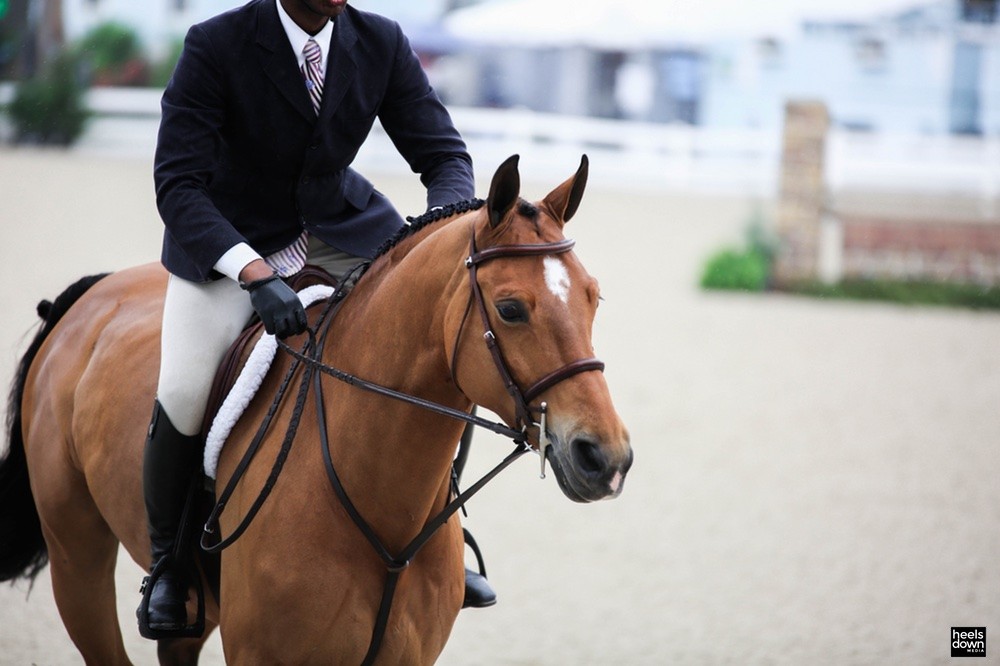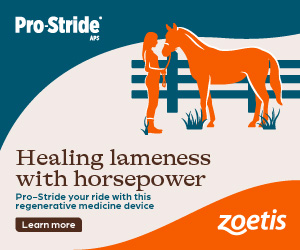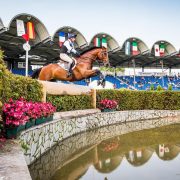Why is a Hunter Circle So Important?

It’s more than courtesy.
There are a lot of traditions we follow in the hunter, jumper, and equitation ring. The circle at the beginning of a course goes by a few names: opening circle, hunter circle, and courtesy circle. It’s one of those traditional things we follow. But time hasn’t changed its importance though.
So, aside from courtesy, what’s the point?
Finding a good pace and rhythm before the first jump of a course is crucial to putting down a good trip. Your pace sets the tone for your course; go too slow, you’ll be catching up the whole time. Too fast? Your hot horse might amp himself or herself up as the course goes on. Establishing your pace and rhythm early on means the rest of your course can be smooth and seamless.
You find your rhythm, collect your horse or adjust them, and proceed along with your course. If you hit your pace right away and settle into your rhythm, you’ve used your courtesy circle well.
Think of it this way: you wouldn’t throw your car into fifth gear right away. Instead, you’d move it from park through neutral to your desired gear. You can use your courtesy circle to do the same thing, with your horse. Essentially, if used well, the courtesy circle does this for you. Even though you’re still being judged during this part of your course, the judge expects you to use your circle to find your pace.
Establishing pace and rhythm for your course is important, but so is picking up the right lead. Another benefit of using the courtesy circle to your advantage is the ability to have a turn to pick up the correct lead.
There are certain courses where you won’t need an initial circle. If the first jump on the course is going towards the ingate, you may not necessarily need a courtesy circle. In that instance, you use the ring space you have to establish your pace and rhythm. This may mean trotting across the diagonal, picking up your canter in the corner, and using the open space before the first jump to adjust your rhythm.
Here’s one thing to remember, especially if the first jump is going towards the ingate. Don’t make more than one circle! If you’re crossing the diagonal to pick up your lead in the far corner, there’s no reason to make a circle there. Doing so will actually reduce your overall score (even if it isn’t a derby round). Making more than one courtesy circle will shave points off your score, too.
Once your course is finished, it’s traditional to perform another circle by the ingate. Don’t let the end of the course fool you. This is still very important. You’re being judged until the moment you walk out of the ring, so why not give the judge something to remember? Use this last circle to your advantage by showing the judge how soft your horse is, their stunning forward trot, or another fancy move your show horse woos the crowd with.


